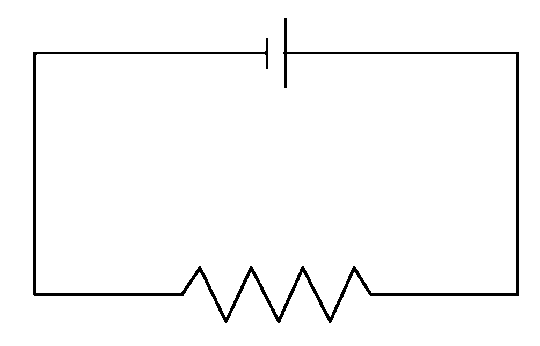First off, what's dangerous about electricity isn't current — it's energy.
The power $P$ flowing through a circuit element with current $I$ undergoing voltage drop $V$ is given by $P=IV$. For your test circuit that is
$\rm 0.2\,A \cdot 2\,V = 0.4\,W$, which is a quite modest power.
However, that's the power flowing through the resistor in the circuit that you drew. When you touched both leads of that resistor while the current was running, you added the impedance of your body in parallel with the resistance already in the circuit. A good ohmmeter will tell you that the resistance from one arm to the other is in the 100 k$\Omega$ range (but there's a lot of variation, mostly depending on whether your fingertips are sweaty or dry). A voltage drop of 2 V across a $10^5\,\Omega$ resistor gives a power of only $\rm 0.2\,nW$, entirely irrelevant to your body.
Note that for alternating currents, especially the 50-60 Hz currents used in electrical wall sockets around the world, interference between the frequency of the current and the oscillators that control your cardiac rhythm can screw up your heartbeat at a much more modest current. The (very) short story about electrical safety is not to worry about hurting yourself with 5-10 V power supplies, but don't mess around with the wall.
